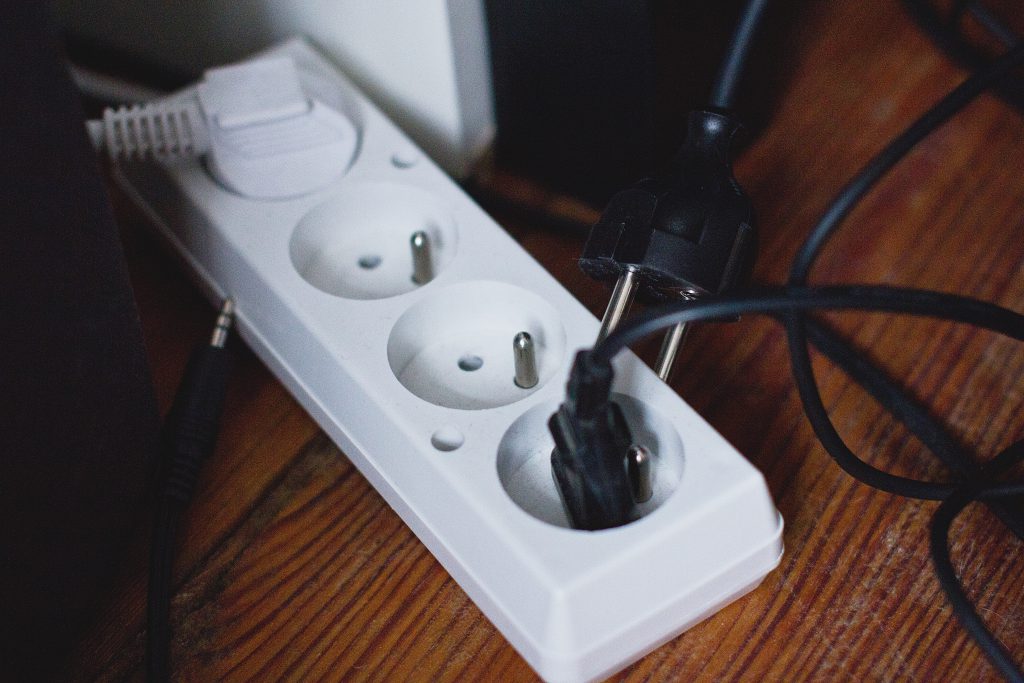optical fiber is a thin cylindrical fiber that is made of glass or plasticthat is smaller than one tenth of human hair. A typical optical fiber for telecom comprises three layers that are counted in the inside the fiber core (diameter 8~10um), cladding (diameter 130um) and buffer coating (diameter 90um).
The fiber core and cladding are made of glass or https://toolbarqueries.google.co.za/url?q=https://dallilsaudia.com/مندوب-الياف-بصرية-stc-الدمام/ silica. The fiber core and the Cladding layers combine to contain the light inside the core and prevent it from leakage. The fiber buffer coating is constructed out of plastic or acrylic, and offers handling flexibility as well as physical protection for the fiber.
Optical fibers utilize an optical phenomenon known as total internal reflection. When light is injected into the fiber from the end, it becomes contained within the core, without leaking outside and losing its energy.
Then, light is digitally modified to indicate the numbers 1 and 0 like a computer, and information can be transferred from one location to another one, which could be from San Francisco all the way to New York.
What is a fiber optic connector and how do they function?
Now you know how optical fibers work. What is a fiber optic connector and what’s the purpose of the fiber optic network of telecommunications?
Put it simple, a fiber optic connector’s function is just like an electric power plug, it connects light from one section of optical fiber to a different section of optical fiber.
Because optical fibers are small they require fiber optic connectors to be designed with extreme precision, and at a scale that is 0.1um, which equals one hundredth the human hair.
Fiber optic connectors connect two fibers from one end to the other in a way that light can travel from one fiber into another without bouncing off the interface and loss its signal.
Additionally the fact that fiber optic connectors offer cross-connect flexibility to the telecommunications network. Thus, a complex computer network can be modularized and easy to manage.
Just like any other connectors used in electronic industry, electric industry, and the computer industry, a variety of types connected to fiber optic cables were invented during the evolution of the fiber optic communications. Certain types were once extremely popular in the field and now have served their purpose and are becoming obsolete.
The most well-known fiber optic connectors that are used today are SC, ST, LC, FC, MTRJ, SMA and a few other less popular ones. You will surely see new connectors developed with the progress of this industry.